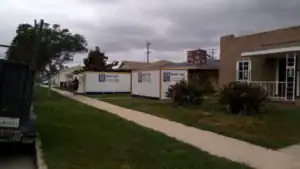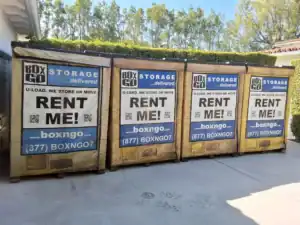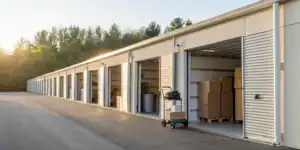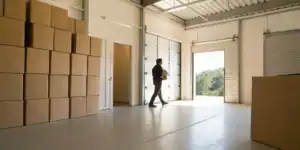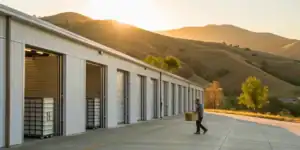If you live or run a business in West Hollywood, you’ve likely asked yourself whether moving containers or self storage is the smarter choice. Both options solve different storage needs, but the way they work is very different. With portable storage delivery, a secure container is dropped right at your home, apartment, or office. You […]
